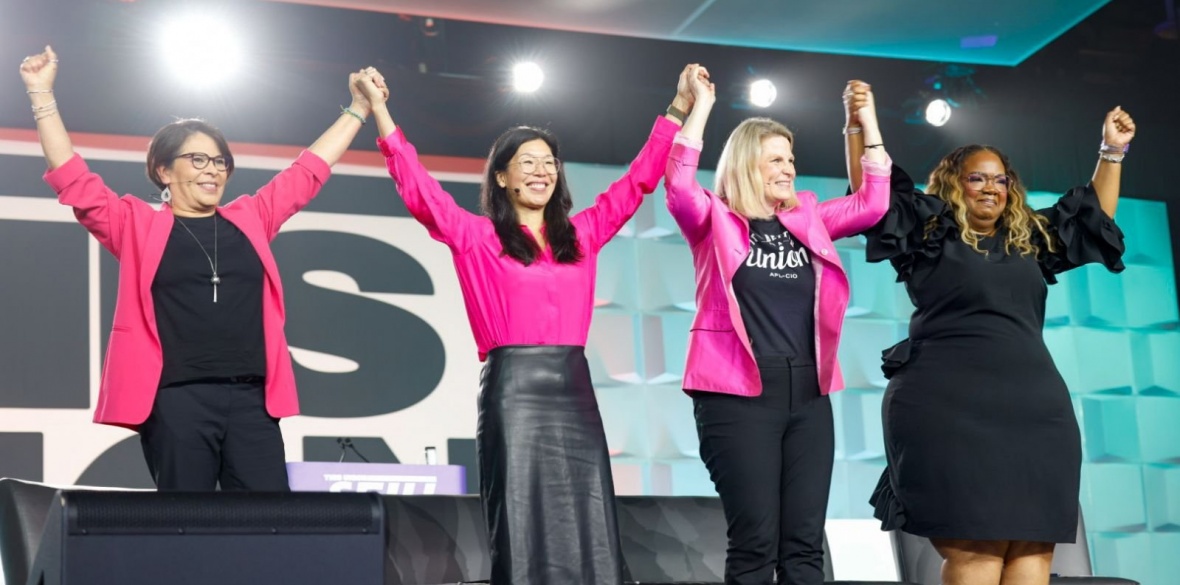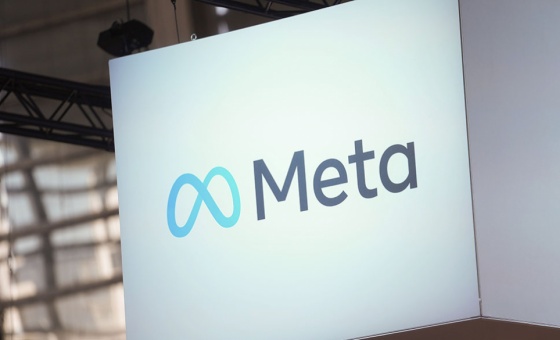This is the last article you can read this month
You can read more article this month
You can read more articles this month
Sorry your limit is up for this month
Reset on:
Please help support the Morning Star by subscribing here
TWENTY years ago the US union the Service Employees International Union (SEIU) ended its affiliation with the US trade union umbrella organisation the AFL-CIO following ongoing disagreements that the AFL-CIO was concentrating too much on political matters rather than organising new members and building workers’ power in new industries.
The SEIU, under the leadership of the charismatic Andy Stern, argued US trade unions had to become more than just “servicing unions” watching membership and union power continue to decline.
The SEIU had run a number of high-profile organising campaigns in the US, notably Justice For Janitors, building union membership among property maintenance workers.
The row between SEIU and the AFL-CIO was ugly to say the least. The SEIU were joined by United Farm Workers Union, the Teamsters (which remains outside of the AFL-CIO) and the Communication Workers (which also remained in the AFL-CIO) forming Change To Win, later to become the Strategic Organising Centre.
The split was rancorous and gave employers and right-wing politicians an opportunity to further weaken the US unions. Eventually some unions who left the AFL-CIO made their way back into the AFL-CIO. I well recall the bitterness at the split when one senior US union official remarked: “What did they change and what did they win?”
As with many union organisations, relationships and splits are complex. The decision for the SEIU to rejoin the AFL-CIO didn’t happen overnight. It took many years to rebuild relationships. SEIU president April Verrett said discussions to rejoin the AFL-CIO long preceded Trump’s re-election, but it has helped reaffirm the rationale behind the move.
“It’s that much more important to come together, to organise workers, to build real power, because that’s our best offence in this moment,” Verrett said.
AFL-CIO president Liz Shuler commented: “This is an incredible time for us to be amassing our power, uniting and building our muscle together and really showing the power of solidarity. Because we want to make sure that workers continue to have their voices heard as we are about to enter into this new administration.”
US union membership is just below 6 per cent in the private sector and the Trump administration is expected to undo some of the gains made by unions under Joe Biden’s presidency while a Republican-controlled Congress won’t make it any easier for workers to join unions.
The SEIU organises in health, adult and child care, property services, custodial and law enforcement and other service sectors.
Besides the Justice For Janitors campaign, the Fight For $15 campaign helped raise low pay in fast food. Its reaffiliation means the AFL-CIO will be able to publicly join SEIU campaigns, including the current campaign to organise in Starbucks led by Workers United, an SEIU affiliate, which has led to more than 500 Starbucks facilities being organised.
Shuler said she wanted to “form a new relationship” with the SEIU after she took over the leadership of the AFL-CIO in 2021 while Mary Kay Henry, then president of the SEIU, got the go-ahead from her union in 2023.
Shuler said: “We think this is going to be a big game-changer for our movement and for working people broadly.”







